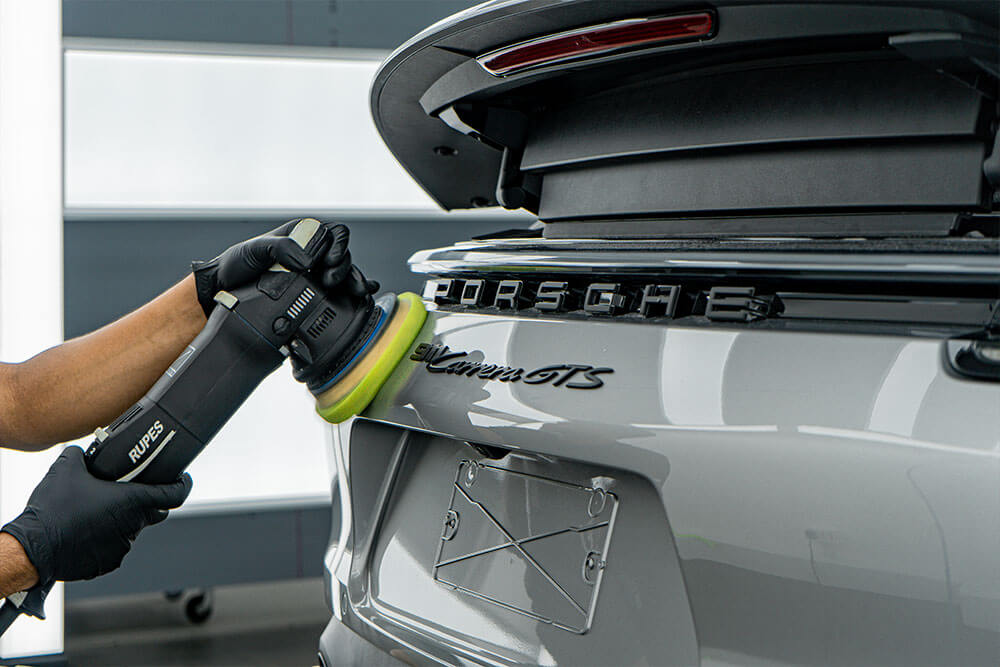
Paint Protection Film (PPF) is a powerful tool for keeping your car’s paint in pristine condition, guarding against scratches, chips, and sun damage. While DIY PPF kits are readily available and may seem like a budget-friendly option, a professional application offers expertise and precision that many find invaluable. If you’re considering PPF for your car, here’s a closer look at the pros and cons of DIY versus professional installation, helping you choose the right approach.
The Allure of DIY PPF Installation
For many car enthusiasts, taking on a DIY project can be rewarding. DIY PPF kits promise flexibility and cost savings by allowing you to handle the process at home, at your own pace. However, DIY installation also comes with challenges that require patience, skill, and precision.
With a DIY kit, you’re responsible for preparing the surface, cutting the film to fit, and applying it without leaving bubbles, wrinkles, or misalignments. It sounds straightforward, but PPF is not as forgiving as other car protection products. The adhesive is strong and, once placed, doesn’t easily allow for repositioning. Achieving a smooth, bubble-free finish on complex surfaces like curved fenders and bumpers requires a careful touch and keen eye. Without experience, it’s easy to leave imperfections that detract from the appearance and effectiveness of the film.
Professional Application: Precision and Expertise
When it comes to complex tasks, such as PPF installation, professionals bring a level of expertise and finesse that can be hard to match. A professional installer has the skills and tools to ensure the film fits seamlessly over your car’s curves and edges, without bubbles, wrinkles, or misalignments. Experienced technicians work in controlled environments, often dust free and temperature-regulated, ensuring that no particles become trapped beneath the film.
Professionals also use custom cut PPF designed to match the exact specifications of your vehicle model, eliminating the need for manual cutting. This tailored approach reduces the risk of cutting errors or leaving exposed edges, which can occur with DIY kits. A professional application is backed by warranties, adding peace of mind that DIY cannot always guarantee.
Cost Considerations: Upfront Savings vs. Lasting Value
One of the biggest appeals of DIY PPF installation is the potential to save on costs. A DIY kit can be a fraction of the price of a professional service, making it attractive to budget conscious car owners. However, while DIY may seem cost effective upfront, any mistakes in application can lead to bubbles, peeling, or uneven coverage, requiring replacement of the film or, worse, paint correction. Over time, these additional costs can outweigh the initial savings.
Professional installation may be more costly, but it ensures a quality finish that lasts. Professionals guarantee a perfect fit, and any minor imperfections or issues that arise are often corrected without additional charges. This investment protects your car’s paint for years to come, helping maintain its value and aesthetic appeal with minimal maintenance.
DIY or Professional: Making the Right Choice for Your Car
Choosing between DIY and professional PPF installation depends on your experience, patience, and budget. For those who enjoy the challenge of a hands on project and have the time to practice, a DIY kit could be rewarding. However, for those who prioritise perfection and are looking for the peace of mind that comes with expert handling, a professional application is likely the better choice.
While DIY kits offer flexibility and lower costs, they require skill and attention to detail. On the other hand, professional application provides precision, long-term protection, and a flawless finish that enhances the car’s overall look.
Final Thought
Whether you choose a DIY approach or a professional application, the goal of PPF is to protect and preserve your car’s appearance. A DIY kit is perfect for those who enjoy hands on work and want to save on costs, while a professional application guarantees a smooth, expertly applied finish that lasts. Each approach has its own rewards, so consider your comfort level, goals, and budget as you decide on the best method to keep your car looking its best.


